Have you ever wondered how businesses nail that balance between fair pricing and a healthy profit margin? For trade and service businesses, getting this right can be a game-changer. But it’s no mystery; it’s about using the right strategies—and tools. Here, we’ll dive into one essential tool: the markup calculator. By understanding markup and its calculation, you can set profitable prices that keep customers coming back.
What is a Markup Calculator and Why Should You Use It?
The markup calculator is a simple yet powerful tool takes the guesswork out of setting your prices. With a good markup calculator, you can establish prices that cover all your costs, add a healthy profit, and keep you competitive.
This post is part of our Starting a Construction Business in the UK series. For the full setup guide, read our Starting a Construction Business in the UK guide.
What is a Markup Calculator?
A markup calculator is a simple yet powerful tool that removes guesswork from pricing. It helps you quickly calculate selling prices that cover costs, protect profit margins, and keep your services competitive.
How Does a Markup Calculator Work?
Using a markup calculator is straightforward: input your cost price and your desired markup percentage, and it automatically calculates the correct selling price for you. This ensures your pricing is based on facts, not guesswork.
Why Markup is Crucial for Your Business
Markup is about more than just adding a few pounds onto your costs. It’s the foundation of your profitability. A properly set markup ensures:
- All direct and indirect costs are fully covered
- Your business generates sustainable profit
- You remain competitive without undercutting your future growth
Markup vs. Margin: Understanding the Difference
Many business owners confuse markup and margin, but they’re not the same:
- Markup is based on your cost price: how much you add to your costs to determine your selling price.
- Margin is based on your selling price: the percentage of revenue that becomes profit.
Markup Formula:
Markup = (Selling Price – Cost Price) / Cost Price × 100%
Example:
- Cost Price: £50
- Selling Price: £80
- Markup = (80 – 50) / 50 × 100% = 60%
Margin Example:
- Margin = (80 – 50) / 80 × 100% = 37.5%
It’s vital to know the difference so you don’t misprice your services or miscalculate profits.
How to Set the Right Markup for Growth
Getting markup right isn’t guesswork—it’s strategy. Consider:
- Industry Standards: Understand typical markup ranges in your trade sector.
- Market Conditions: Know what customers are willing to pay without under pricing.
- Cost Structure: Account for all materials, labour, overheads, and admin costs.
- Business Goals: Set margin targets that fuel sustainable growth and reinvestment.
Practical Tips for Successful Markup Pricing
1. Know All Your Costs
Include both direct costs (materials, labour) and indirect costs (overheads, admin expenses) in your pricing model.
2. Review Regularly
Update your markup if material costs rise or if your operating expenses change.
3. Check Competitor Pricing
Benchmark your prices to stay competitive but don’t race to the bottom on price.
4. Set Profit Goals
Work backwards from your desired net margin to determine the appropriate markup percentage.
Using a Markup Calculator to Stay Competitive
A markup calculator can help you:
- Input Your Full Cost Price: Not just materials, but total job costs.
- Apply Desired Markup: Use a realistic percentage based on goals and market rates.
- Quickly Determine Selling Price: Faster quoting, less guesswork, more profits.
Frequently Asked Questions
What is a markup calculator?
A markup calculator is a tool that calculates your selling price based on cost price and a desired markup percentage, helping you price accurately and profitably.
How do I manually calculate markup?
Use this formula: (Selling Price – Cost Price) / Cost Price × 100%.
What’s the difference between markup and margin?
Markup is based on cost; margin is based on selling price. Margin usually shows a lower percentage than markup for the same sale.
Can markup be too high?
Yes. Extremely high markup can drive away customers and harm long-term profitability. Balance is key.
Should I include overheads in my markup?
Absolutely. Your markup must cover both direct and indirect costs to maintain a healthy profit.
Is markup the same across industries?
No. Industries like construction or luxury goods tend to have different acceptable markup ranges.
How does markup impact cash flow?
Stronger markup ensures each job generates positive cash flow, helping you meet obligations and reinvest in your business.
Where can I find a good markup calculator?
Use Cost Estimator’s free Markup Calculator for fast, accurate pricing calculations.











